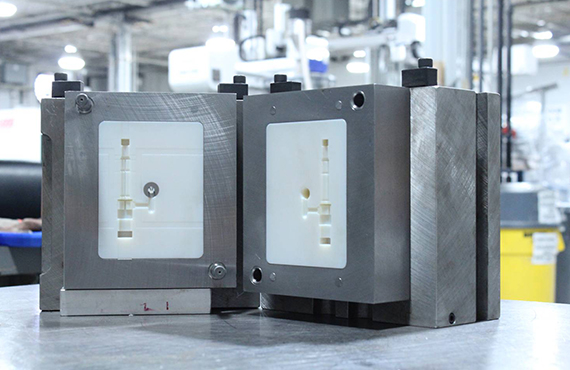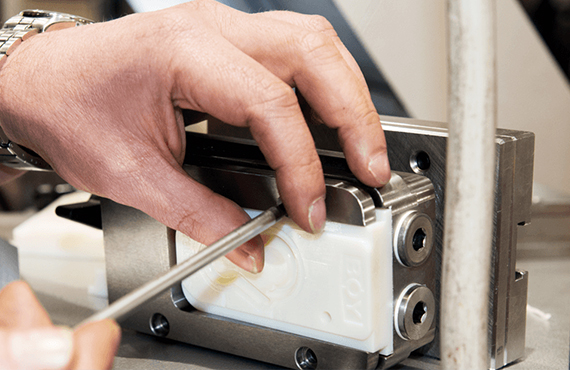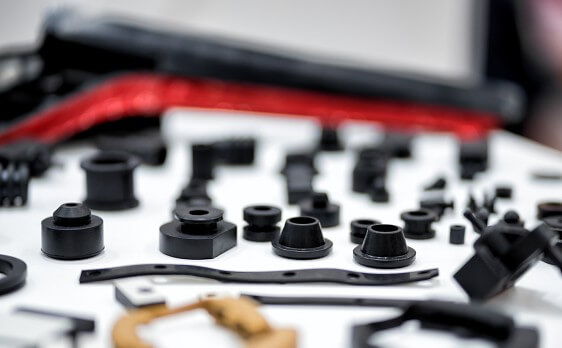Inicio > Sectores de éxito > 3D printing for molds
3D printing for molds
We all talk about how 3D printing is greatly improving the way prototyping and design are done, but one thing that is not getting the attention it should be is 3D printing applied to injection molds. The truth is that this application of 3D printing is not quite common, but it can create brutal changes in the manufacturing industry.

Advantages of mold printing with 3D technology
The manufacture of molds with this method allows engineers and designers to better develop the work of your project because, this method provides the ability to make designs of test molds and produce small batches before committing to expensive tools.
The molds for injection molding are usually made of steel and only their manufacture for the production of large quantities is taken into account, so a small design flaw at this stage can be garrafal for the project.
Using our 3D printing service allows you to create custom molds in a short period of time, which ensures you have greater guarantees and less chance of error in the production phase.
Find out instantly how much it costs to print your designs in 3D on our 3D printing calculator:
Our created molds are made with a precision and microscopic layer resolution (10 microns) with an accuracy of 0.1mm. This advantage allows a prototyping of great detail and faithful to the final piece.
Another of the printing capabilities we offer is that we can create 3D molds with complex geometric shapes quickly, which sometimes cannot even be reproduced in steel or metal with the latest generation machines.
It must be taken into account that this molding system still cannot replace the pieces made of steel for large runs, since these 3D printed molds can support between 10 and 100 manufactured units, because the molds wear out to As they are used.
Some of the applications of these processes are the automotive, design studies and project development companies in the initial phase.


Tips for 3D printing
Next, we are going to mention some brief advice when requesting a 3D printing service in this area.
Since a piece made in 3D printing in additive plastic will not have the same tolerances as in its final production in metals or steels, it is usually left 0.1mm more tolerance for this process. This usually occurs when some pieces are assembled inside others, or they must have movement with each other.
To take these and other factors into account, we have created a design guide in which you will be able to follow the recommendations that we have collected based on the experience in the 3D world. I invite you to take a look, you can access this section from the navigation menu or by clicking here.




